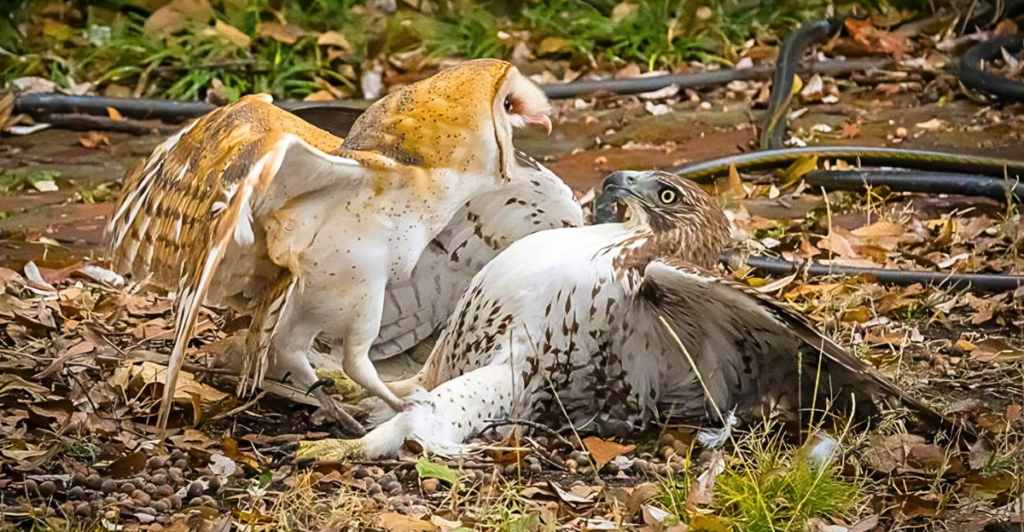
In nature, every single species is vital, and when humans disturb nature’s balanced ecosystems, the consequences can be enormous. One such example is culling barred owls to protect their kin, the northern spotted owls. These actions have sparked controversy once again, similar to that of wildlife management policies of the 1990s. Experts believe this course of action simply repeats past mistakes and that there are potential alternatives to culling.
A Tale of Two Owls
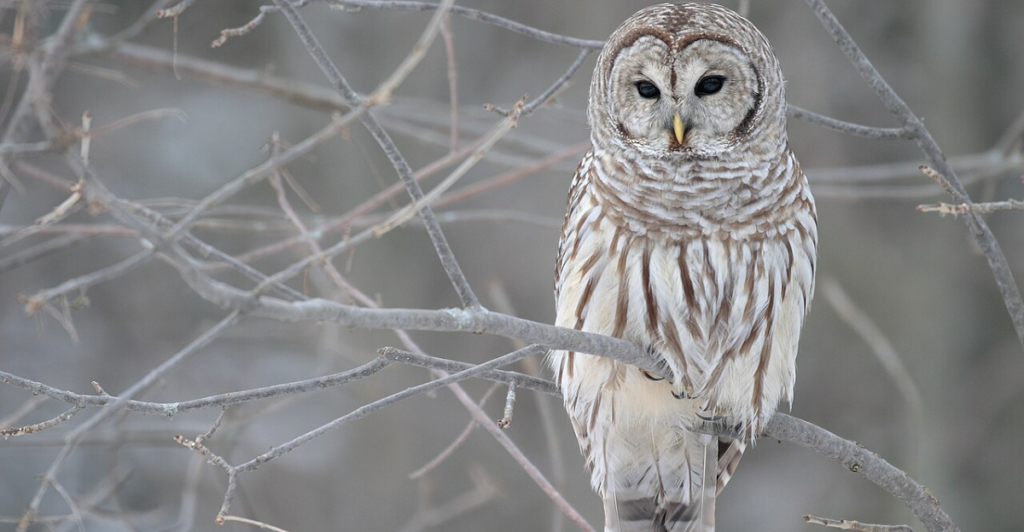
The barred owl (Strix varia) and the northern spotted owl (Strix occidentalis caurina) are naturally intertwined as the spotted owl faces habitat losses in the Pacific Northwest’s old-growth forest, while the barred owl, native to the eastern part of North America, has been expanding its range to the west and competing with the spotted owl for food. This competition has contributed to the spotted owls’ status as an endangered species.
Spotted Owl vs Barred Owl
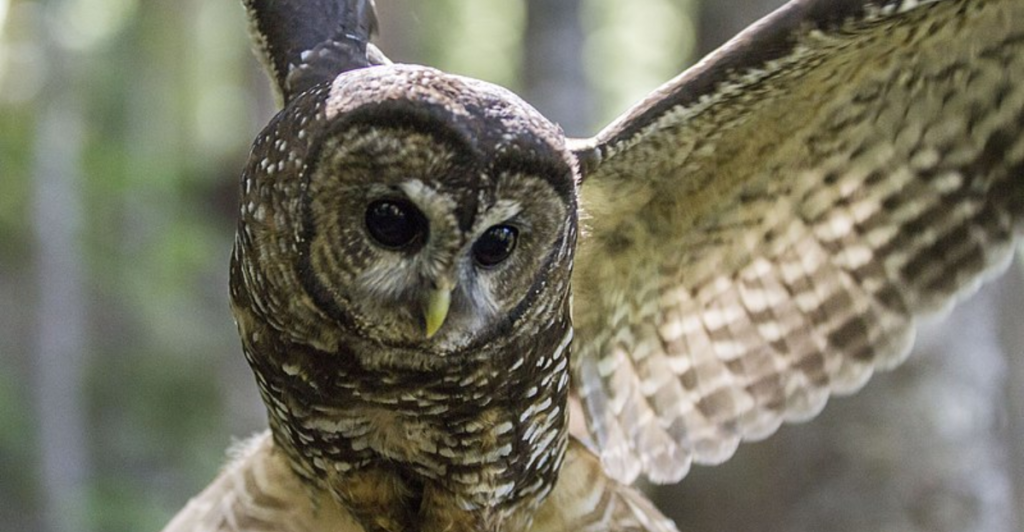
Spotted owls were in severe danger of extinction in the 1990s, prompting conservationists to argue for their preservation. In response, efforts were made to protect old-forest habitats to preserve their populations. Meanwhile, barred owls aren’t fussy about where they nest, reproduce quickly, and can thrive in human-altered habitats. These owls are even known to kill their smaller cousins, spotted owls, which accounts for the current conflict between the two species.
The 1990s: A Decade of Controversial Wildlife Policies
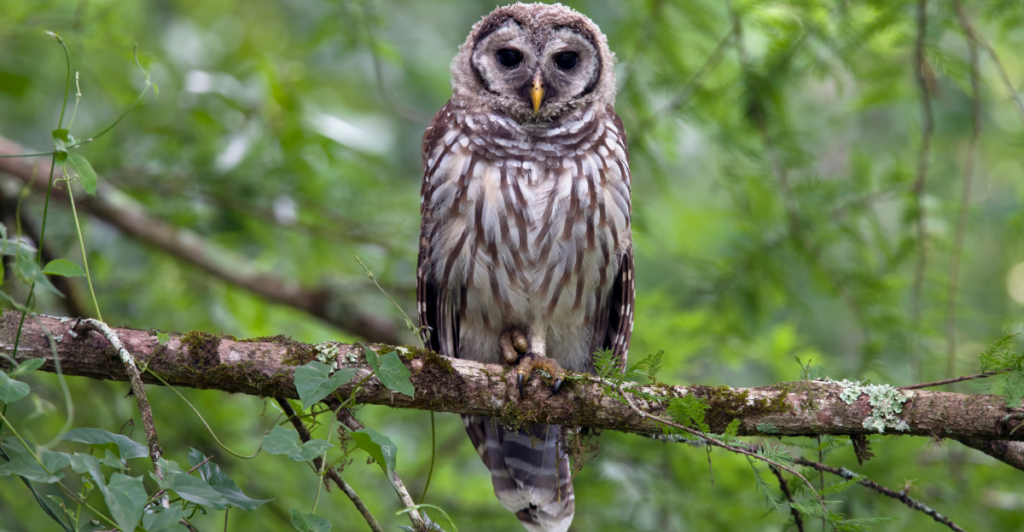
Several controversial wildlife management choices were made in the 1990s. One of them was the culling of some species for the sake of preserving others, which resulted in public outrage and controversies over ethical implications. Such policies reflected the challenges of intervening in natural ecosystems and the unforeseen consequences thereof.
Déjà Vu: Revisiting Old Fights
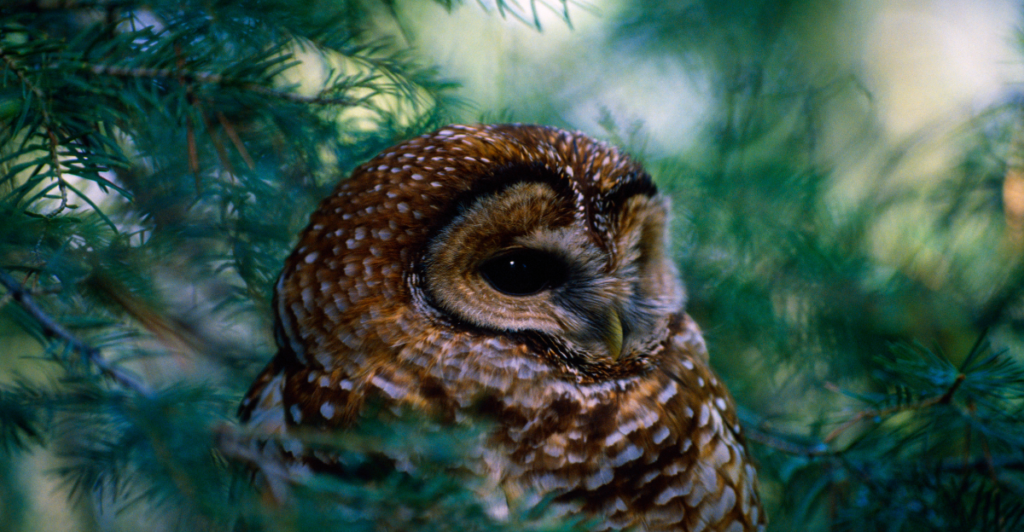
In the 90s, conservation efforts for spotted owls resulted in preserving old forests preferred by both species. Since then, barred owls have, for some unknown reason, migrated into spotted owl territory, and dominated the habitat. Flash forward to the present day, and it appears that history is repeating itself, but in reverse. The U.S. Fish and Wildlife Service (USFWS) has suggested culling barred owls to preserve the northern spotted owl, and conservationists are fighting the idea.
The New Ecosystem Management Plan
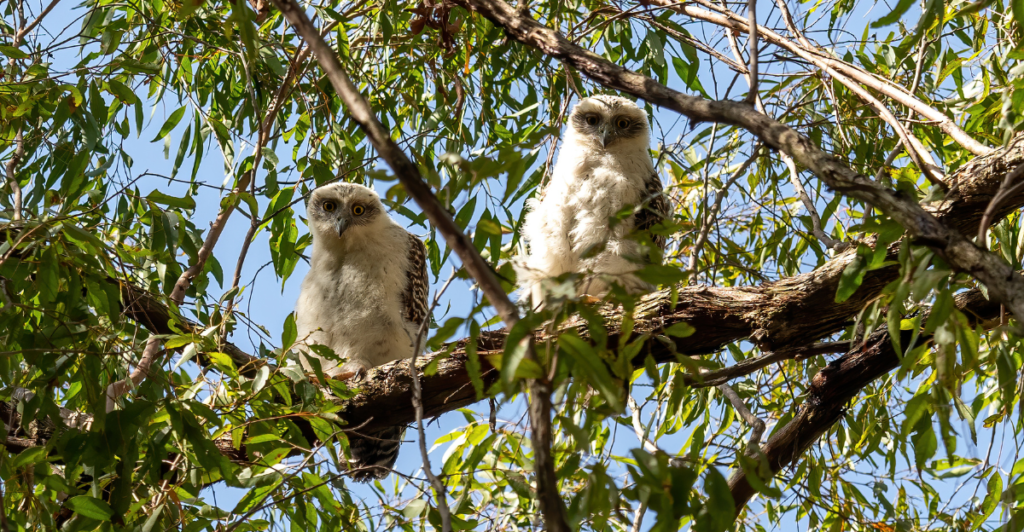
The USFWS’s plan suggests eliminating thousands of barred owls in California, Washington, and Oregon over the next 30 years, provoking debates about how to ethically manage ecosystems that have previously been mismanaged. The USFWS cites its “legal and ethical responsibility to do all it can to recover northern spotted owl populations” for this drastic proposal.
The Ethics of Culling
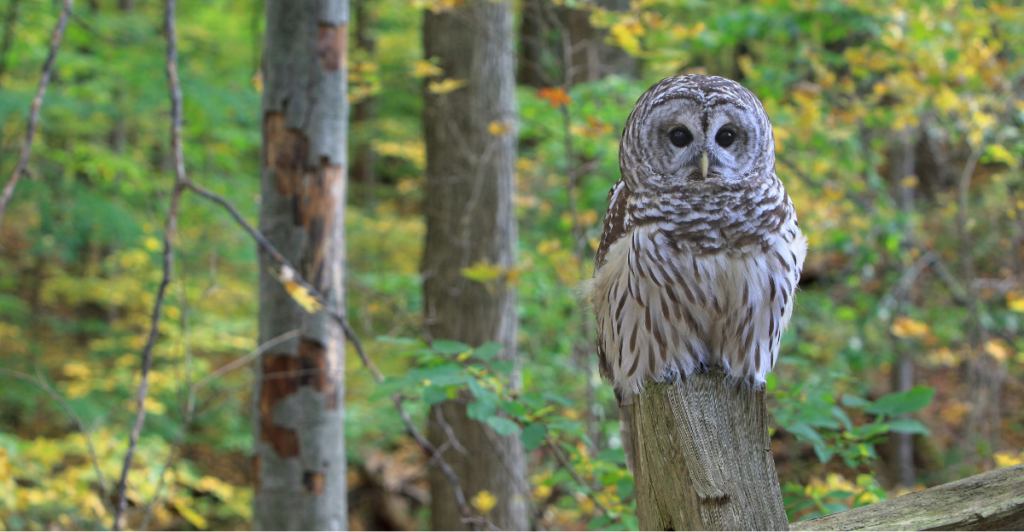
Culling, or the targeted killing of a species, brings about grave moral issues. While the intention is to protect an endangered species, destroying one native species to conserve another is an ethical conundrum. Conservationists and animal welfare organizations have expressed strong opposition to such measures, arguing that there may be more humane alternatives.
The Efficacy of Culling

Apart from ethics, the efficacy of culling has also been questioned. Studies have revealed that barred owls can be eliminated to allow spotted owl populations to increase and stabilize. However, the barred owl population is immense as the species has a high breeding rate and culling them is a management strategy that requires continued mass slaughters.
The Rebound Effect
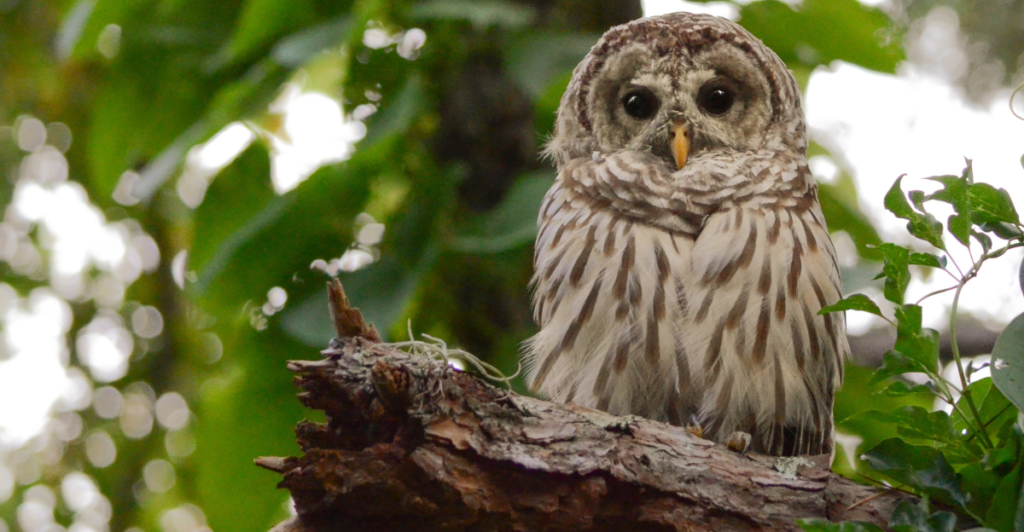
Culling barred owls has potentially devastating consequences as well. Removing so many individual owls would create an ecological vacancy that could draw other invasive and opportunistic species (e.g., ravens, great horned owls) into the newly vacant habitat, dramatically changing the region’s ecosystem, and potentially placing the spotted owl in danger once again.
A Humane Alternative
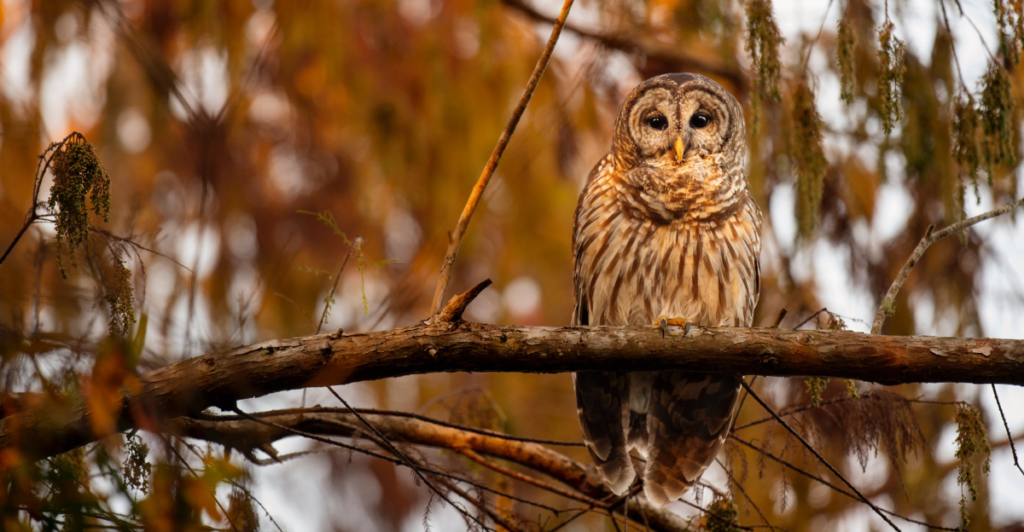
Spaying and neutering are now considered traditional practices in animal population control, especially in urban settings with domestic animals. Applying this practice to wildlife, especially animals such as barred owls, is not easy but promising. The idea is to reduce reproduction rates in a humane way, thereby controlling population growth in the long term without the need to kill thousands of owls needlessly.
Practical Challenges
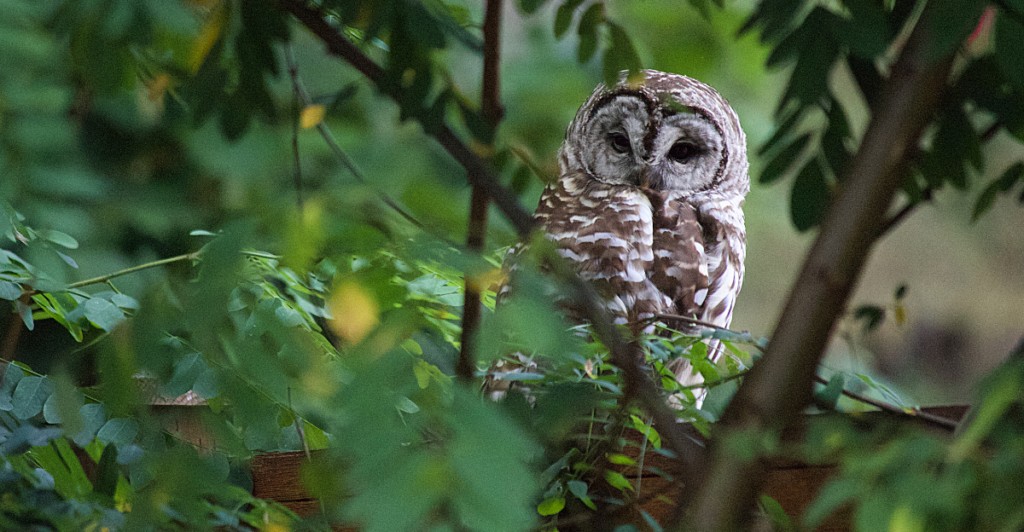
It would be without precedent to establish a spay/neuter program for barred owls. Part of the challenge is catching and handling wild owls humanely, the risks that surgery poses, and the process of releasing them back into the wild. Further, owls are territorial creatures, so even with reduced breeding, new owl populations might inhabit areas where barred owls were caught, posing a whole host of problems when reintroducing them back into their former habitat.
Public Perception and Policy Making
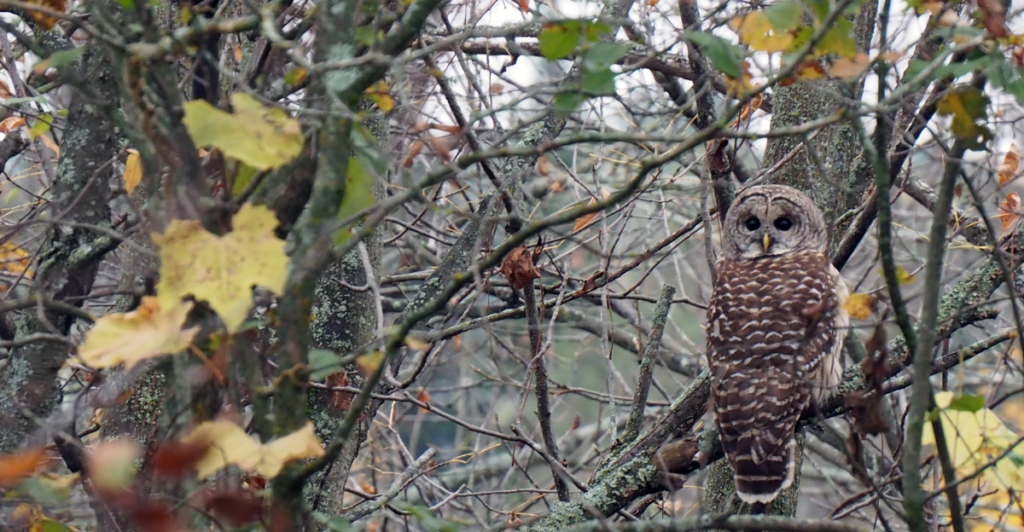
Public perception also plays a role in determining wildlife management. Culling has a history of being met with fierce opposition on moral grounds, while non-lethal measures, such as spaying and neutering, may receive more public support. Therefore, it is up to policymakers to weigh public perception against scientific opinion to ensure that conservation efforts are effective and acceptable to society.
Charting a Path Forward
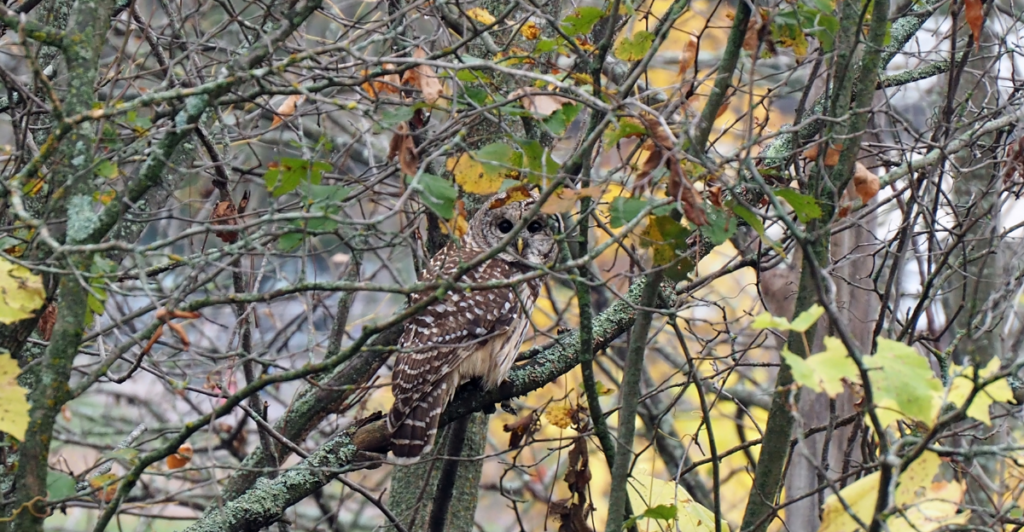
The fate of the northern spotted owl is indicative of the complexity of conservation in the modern age. While culling has ethical considerations and immediate consequences, its long-term feasibility is questionable. Therefore, we need to explore alternatives, such as spaying and neutering, and conduct extensive research to develop better, more sustainable strategies.







